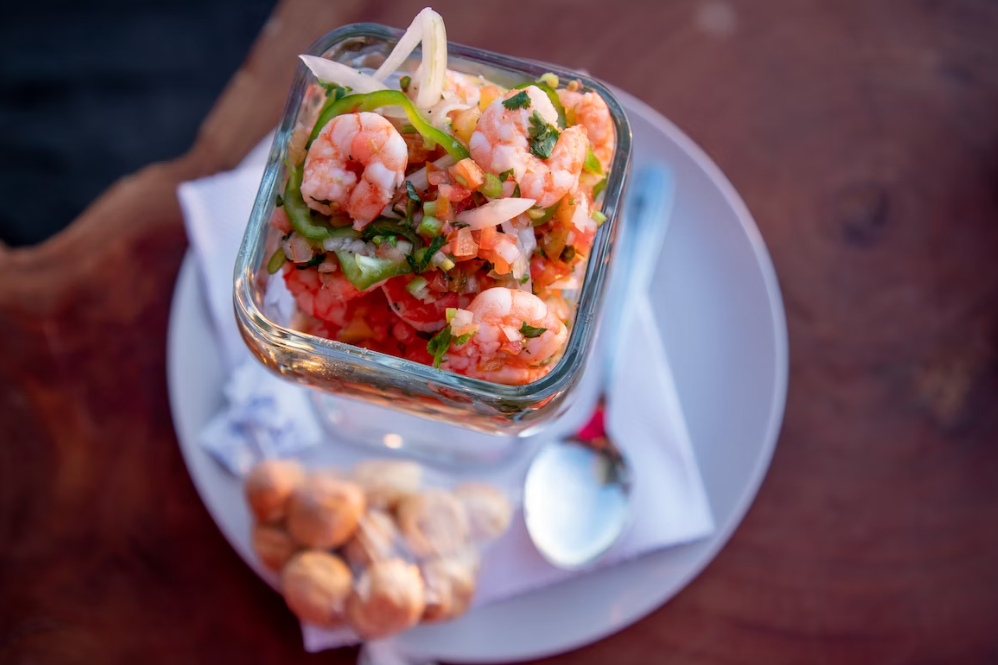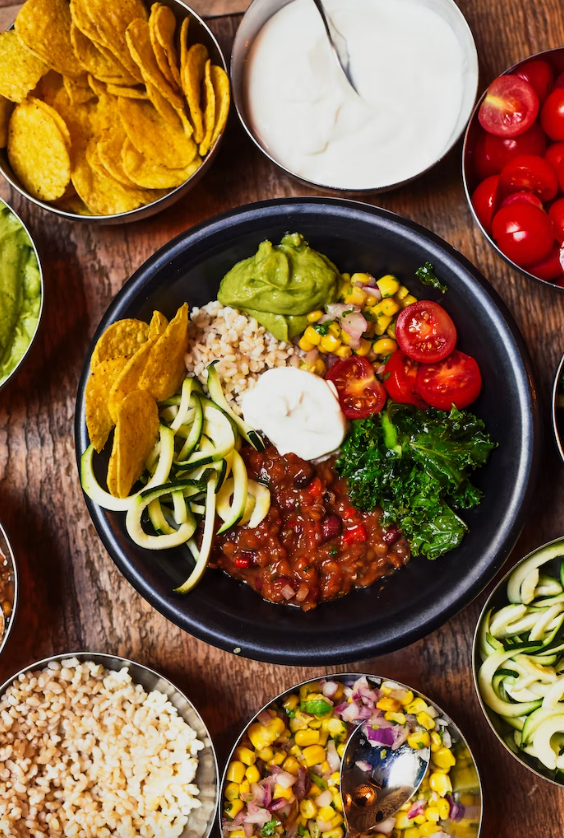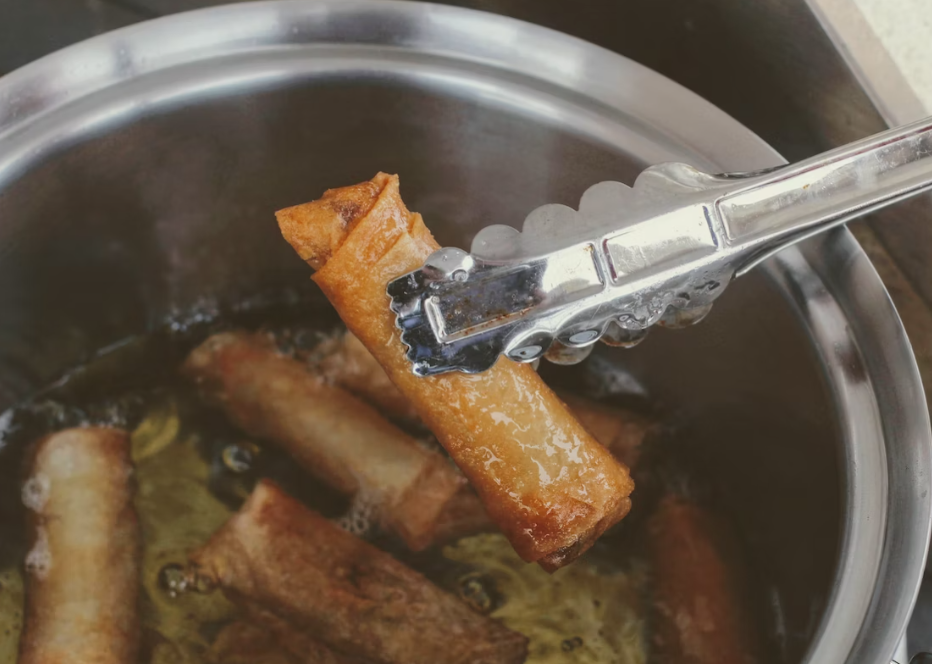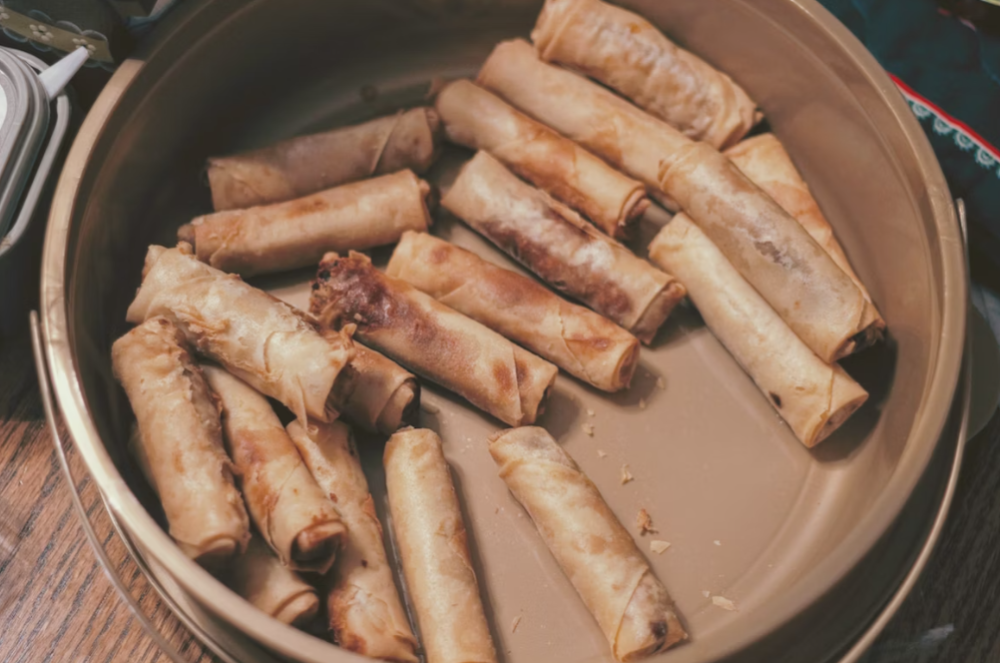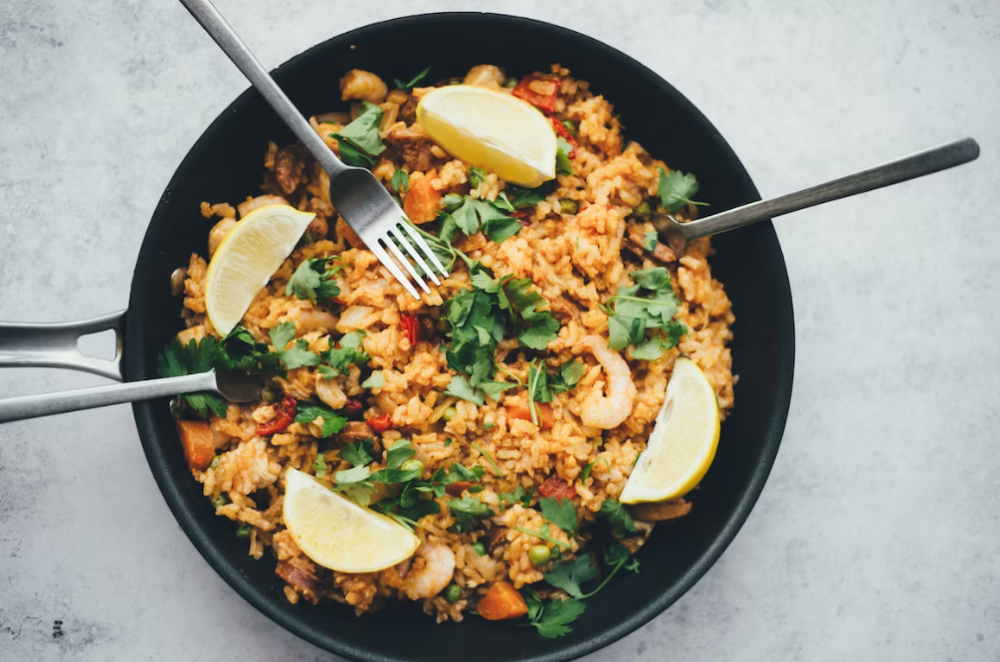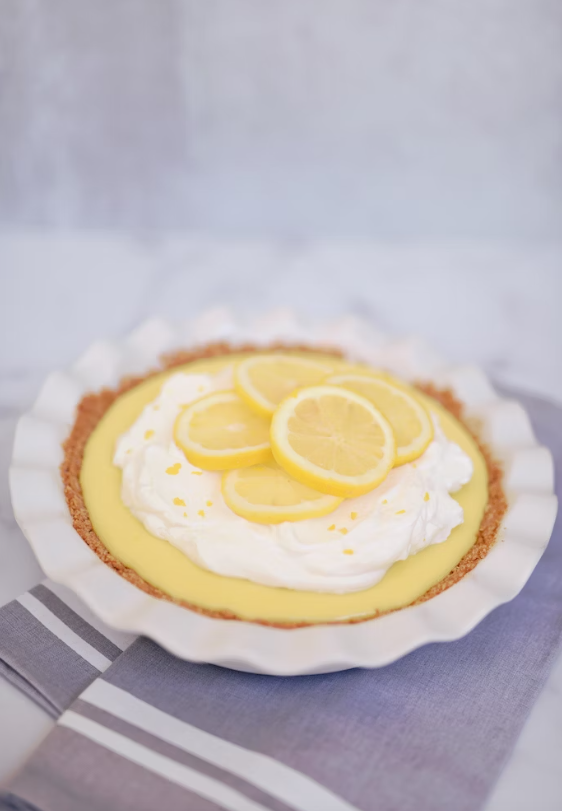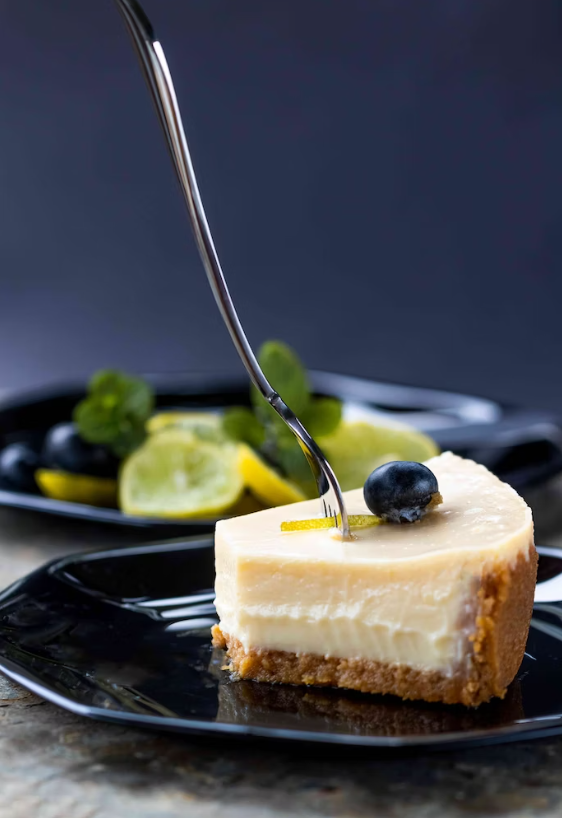Sure, the traditional wedding cake with three or four layers, white frosting, and red roses can be beautiful!

(Really, if that is your wedding vibe and personal style, go for it!) But nowadays, there are so many different trends in wedding cakes and decor, you shouldn’t feel limited to traditional wedding cake design. So, if you’re looking to make your wedding cake more unique, you’ve come to the right place. Here are five of our very favorite ways to make your wedding cake unique, trendy, and stunning. Take some time to peruse these ideas, and then use your own personal wedding aesthetic to create a wedding cake style that you will love!
1. Top With Treats
After years of ruling the wedding cake scene, it is possible that floral cake toppers are a tiny bit overrated. If you want your wedding cake to look extra special and unique, you should top it with more beautiful, intricate treats. Delicate, beautiful sweet treats can give your wedding cake the unique, show-stopping look that it needs to become a true statement piece on your wedding day. Plus, then you won’t only have the yummy cake to enjoy, but you’ll also have another treat to go along with it! Here are a few ideas of sweet treat cake toppers that you can use to decorate your wedding cake.
- Mini Macarons
- Fancy Chocolates
- Meringue Cookie Swirls
- Spun Sugar
- Marbled Cake Pops
- Coconut Macaroons
- Churros
- Sugar Crystals
- Mini Donuts
- Croquembouche
- Cream Puffs
- Sugar Flowers
2. Add Some Sparkles
If you’re going to have a glamorous, bedazzled theme for your wedding, your wedding cake should definitely match. You can use a few different types of metallic edible spray paint to make your cake literally shine. You could also scatter some edible, sparkly sprinkles down the top and sides of your cake. For a more intricate approach, you can create sugar crystals and embed them into the side of your cake, creating an illusion that the interior is like a geode crystal. You can also add non-edible sparkles to your wedding cake that can be removed before eating. For example, you could add a border of some sparkly lace or ribbon. You could add pearls, beads, or small crystals scattered throughout the face of the frosting. Finally, while this approach might seem a little simple, a healthy coat of edible glitter will always give you the glitz and glamour that you desire.

3. Go Bold With Frosting Colors
Colorful frosting can give your wedding cake the surprise element in the very best way. If you don’t want to have a cake covered all in one solid color, you can also make a gradient or color block out of your wedding cake frosting colors. For example, if one of your wedding colors is a beautiful lilac, you could have one tier of your cake colored in lilac while the other tier is colored in a creamy white shade. For an extra unique look, try coloring your frosting with edible metallic frosting paint. Your cake will truly stand out with this shiny pop of color. This would be a great choice if you have silver, gold, or rose gold as part of your wedding color palette! If you find an experienced wedding cake bakery, you might even be able to request that they decorate your cake with a watercolor-like effect of different wedding colors. This is especially beautiful if you have sweet frosting flowers on the top of your cake and painting-like frosting petals trailing down the sides. Or you could go for a more abstract look with frosting smears that look like paint covering the sides of the cake. You can even have patterns painted on with frosting and stencils! When you are able to get creative with the right baking tools and a little bit of colored frosting, the possibilities are endless.
4. Decorate With Wood Flowers
Do you love the look of flowers but want to use something more unique? If so, you should try to include wood flowers in your wedding cake flower arrangements. Wood flowers are gorgeous flowers that are eco-friendly and handmade to look highly realistic. Some wood flowers even have rustic, wood bark details that can add more intricacy to your wedding cake. Wood flowers come in almost any color imaginable since they can be hand-dyed, which is great if your wedding colors are hard to match. When you use wood flowers to decorate your wedding cake, you won’t have any pollen, dirt, or debris left behind. You also won’t have to worry about your flowers wilting halfway through the day since your wood flowers will look beautiful forever. Simply create a small cake topper arrangement and attach it to the cake with some toothpicks or clean floral wire that can be inserted into the cake. You can even press mini wood flowers or greenery petals into the side of the cake if the frosting is soft, creating a patterned wallpaper look. Other preserved and dried flowers such as eucalyptus, lavender, and baby’s breath can also give a beautiful touch to your wedding cake. You’ll fall in love with the look of wood flowers on your wedding cake.

5. Try Unique Cake Alternatives
If you aren’t sold on the idea of a wedding cake, you should consider having a different, more unique dessert for your wedding. For example, if you love the flavors of cake but don’t like the size and price of a traditional wedding cake, you should try using a tower of wedding cupcakes instead! Or you could go for an option that is entirely different, such as a crepe cake, a stack of donuts, or a bunch of your favorite cookies. You can still display them in a way that gives off wedding cake vibes, and even share a first bite with your new spouse. However, having a unique, different dessert option might just make your wedding day that much more sweet. It will be your big day, so you should ensure that you’ll have a sweet treat that you’ll love to enjoy together. Here are a few great ideas of what you can have as a wedding cake alternative!
- Wedding Cupcakes Tower
- Wedding Donut Cake
- Wedding Crepe Cake
- Stacked Wedding Cheesecake
- Wedding Pie
- Wedding Cookies
- Wedding Fruit Parfaits
- Wedding Bundt Cake
- Wedding Brownie Stack



